6 Common Native Plant Gardening Mistakes and Solutions

Learn how you can avoid making these errors to enjoy a successful gardening journey.
Starting a new venture, such as a native plant garden, can be made less-stressful by learning about some common gardening mistakes and not repeating them yourselves. Read along to discover simple solutions to overcome these initial hiccups and where My Home Park can help!

Native plant gardens are a complete package, as they are low-maintenance, low-cost and beneficial for pollinators. This definitely makes them better alternatives to lawns. However, when people hear "low-maintenance", they often mistake the plants to be self-growing.
It's important to understand that while native gardens are easier to maintain compared to ornamentals or lawns, they come with their own set of considerations. Homeowners often struggle with the initial installation of a garden due to lack of knowledge on common gardening mistakes. Learning about them prior to installation, is a great strategy to save time and effort. This way, gardening can turn into an enjoyable hobby rather than a chore that drains your energy.
This article explains the common mistakes made when starting a native plant garden and some tips to overcome these mistakes.

6 Common Gardening Mistakes of a Native Plant Gardener
1. Lack of Knowledge on Yard Conditions
Assessing the condition of your front or backyard, before setting up a garden, is crucial for its success. Make sure you learn about different aspects of your yard such as the topography, soil conditions, drainage and water availability in order to choose the right set of plants and the layout for your garden.
Topography
Topography of an area refers to physical features like altitude and ground elevation, which play a key role in planning your garden. For instance, a sloped yard can result in soil erosion due to water run off, while a flat yard can create water retention due to poor drainage.
In such cases, gardeners can make proper amendments like constructing retaining walls for slopes and adding organic matter like cocopeat to flat grounds with clayey soil.
Another factor that is often overlooked: wind. If a garden is located at a high altitude, the wind strength is likely to be quite strong and can damage plants with shallow roots. You can counter this by choosing plants with strong shoots and deep root systems that can withstand high windy conditions.
Sun and Shade
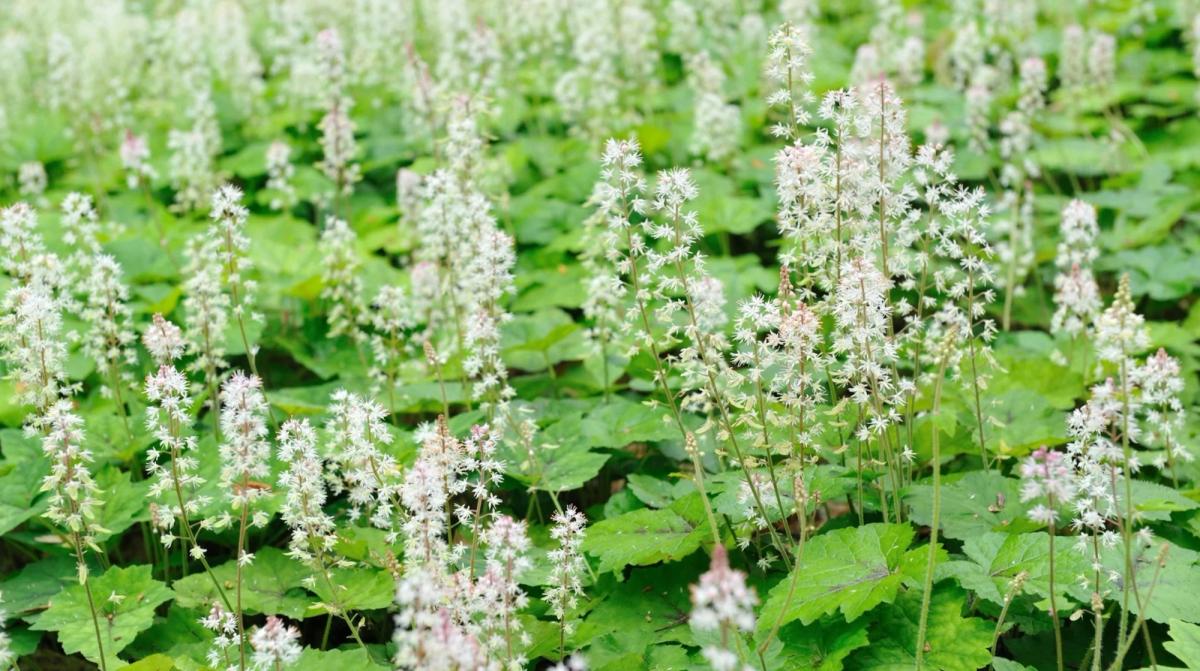
Are you aware of the sunny and shaded areas of your garden? Designating zones based on daily sun and shade exposure can give you insights on the microclimates of your garden — for example, hot and dry areas, shady and damp areas, etc. Having this information handy will help you plan the best placement locations to ensure better plant growth.
Identifying Sunny and Shaded Spots In Your Garden
Create a sun map to mark the areas receiving full /partial sun, partial / dense shade etc. and place the right plants in them
Use a sun calculator app to know the number of hours of light or shade an area in your garden receives in a day

Soil Conditions
A crucial step to establishing a successful native plant garden is to determine the soil conditions of the location. Different soils have different nutritional profiles and characteristics that support certain types of plants. For example, sandy soils have good aeration and water drainage which support drought-tolerant species. On the other hand, plants that require a lot of moisture prefer clay type soils which are quite dense and have less water drainage.
Here is a simple guide to help you determine the soil type in your garden location without the need for hiring an expert:
- The Squeeze Test:Take a handful of wet soil and squeeze it firmly. Now open your hand to check its condition. If the soil...
- Holds shape yet crumbles upon slight touch it’s a loam soil, perfect mix of moisture and water drainage.
- Holds shape and stays intact when you poke it, its clay soil which is dense, nutrient- rich and has less water drainage
- Doesn’t hold shape and falls apart when you open your hard, it’s sandy soil which is quite gritty, airy and has better water drainage.
Another easy alternative to identify your soil type is to ask your friendly neighbor, especially if they have already setup a garden. You can take notes from their learnings and experiences to achieve quick success.

2. Selecting the Wrong Plants
Plant selection is a daunting process which begins with identifying a native from a non-native, knowing if the species is invasive or non-invasive and determining if it suits your garden's conditions.
This tedious process forces buyers to rely on commercial nurseries, which rarely deal with an exclusive native plant category. Also, purchasing plants based solely on their appearance can lead to disappointment if they don't fit well in your garden.
How to Deal With This?
- Check out the plant lists in your state. You can use the local native plant directory to find out the names with pictures.
- Find a local plant nursery that specializes in native plants and show them the list of the plants you selected. You can also do a simple google search like “native plant nurseries near me” to find the nearest one in your locality.
Did you know that My Home Park offers pre-designed plant collections based on your locality and garden conditions? You can select your state, enter zip code and select a beautiful plant combo. We can't think of an easier way to bypass the plant selection step!
NOTE: We recommend planting new species in your garden in a growing season like early spring or late summer when the weather conditions are relatively favorable.
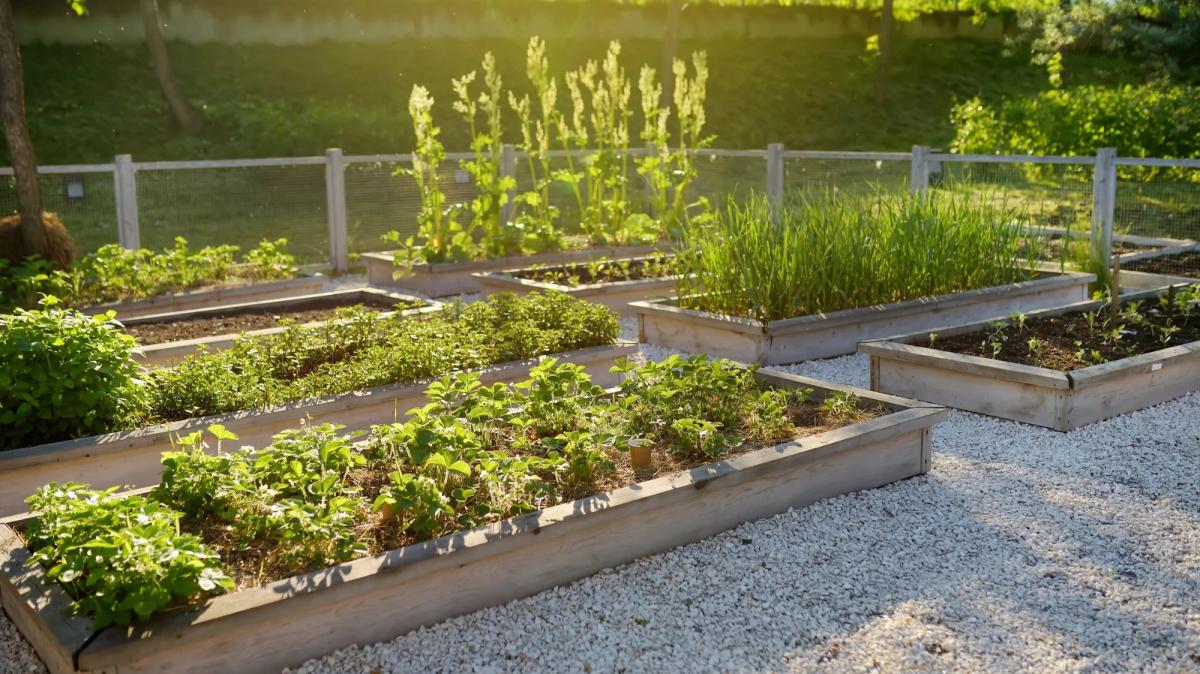
3. Picking a Wrong Raised Bed location
People who use raised beds for native plants often make some mistakes which can compromise the health of their plants. One big mistake is placing these raised beds in the wrong location: a fully shaded zone, a low-lying area with threat of floods or water stagnation or near trees with aggressive root systems.
In addition, building the raised bed with wrong materials and the wrong size (too big or too small), placing the raised bed too far from a water source, and not using the best soil, watering improperly (and more) can cause the plants to stop growing.
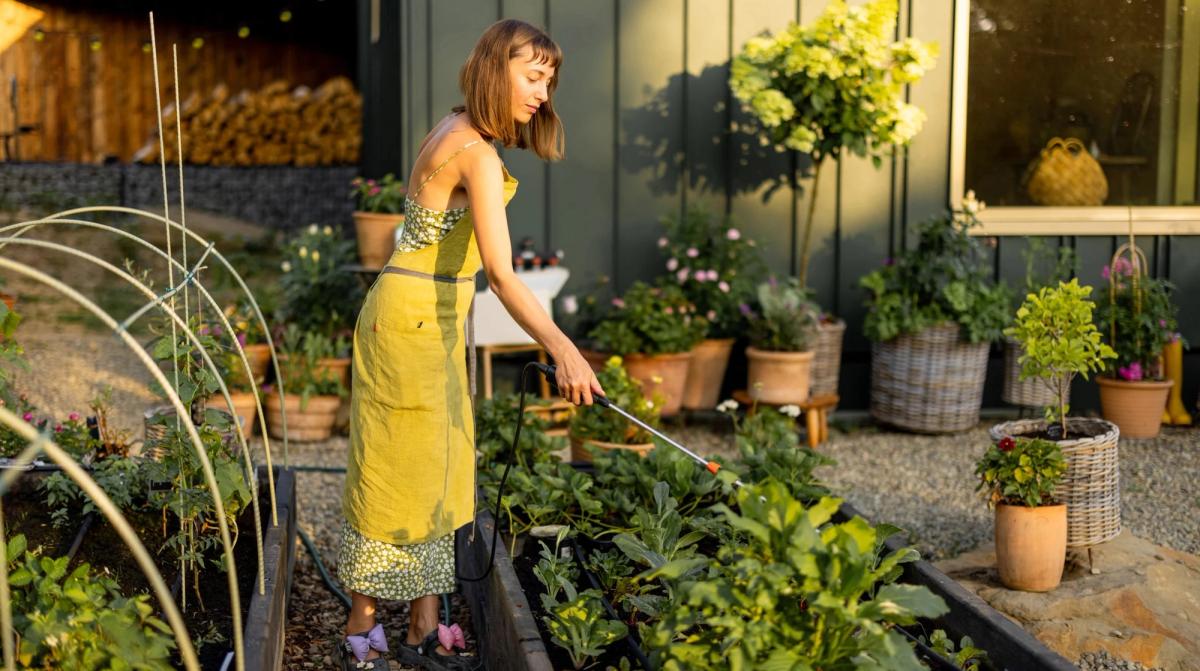
Here are some tips to follow when using raised beds for native gardening:
- Ensure that the raised beds gets enough light and heat to meet the specific needs of the chosen plans.
- Place the raised beds in an accessible location for easy planting, watering and weeding.
- Make sure that the soil in the raised beds is well-draining and of good quality. You can add organic matter to make it more fertile and nutrient-rich.
- Create enough room in the raised bed for all the planted species to grow well and avoid too much water to prevent root rots and diseases.
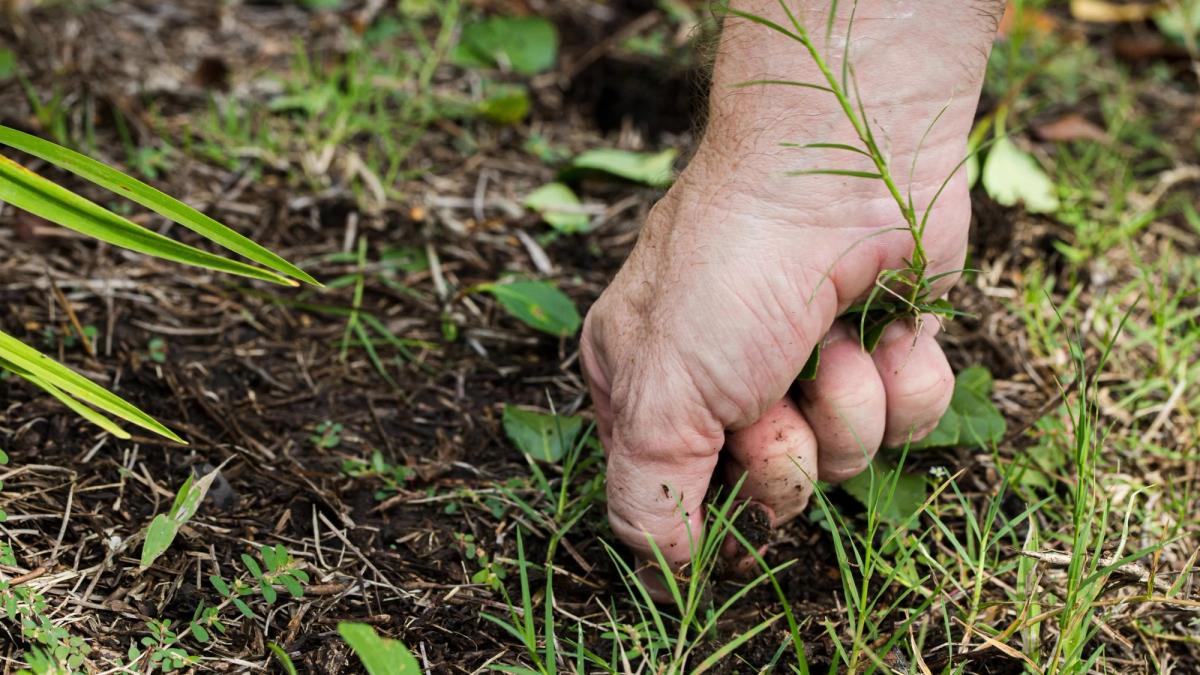
4. Improper Weed Control Techniques
Weeds are persistent invaders who can quickly turn garden from attractive to messy. While pulling them out with a hand seems like an easy idea, there is a chance for the roots to remain in the ground. They may show an aggressive growth in the next year, leaving you with no choice but to use harmful chemicals.
How to Tackle This?
- Consider effective weed management techniques like mulching or using ground covers to block out sunlight and nutrients to the weeds and eventually force them to die.
- Identify the type of weeds that grow in your garden such as annuals, perennials or biennials, to take effective methods to control them.
- Avoid deep tillage in your garden to prevent seeds from spreading and germinating
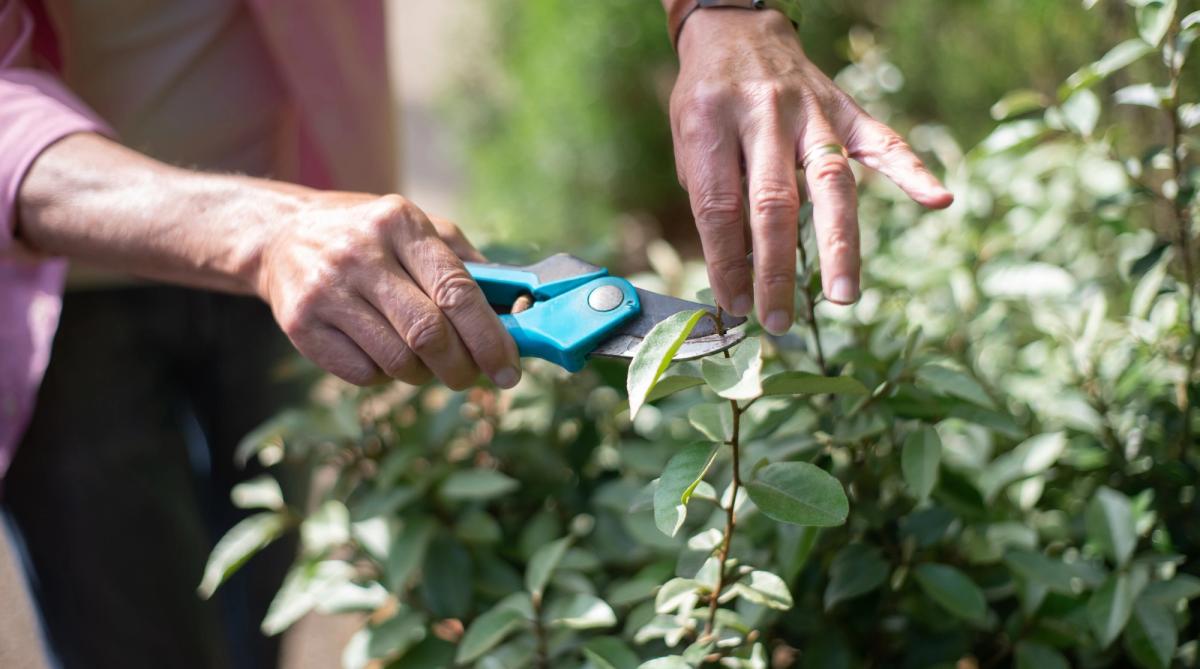
5. Making Pruning Mistakes
No pruning or improper pruning can compromise plant growth and aesthetics by leaving plants with weak stems and dead branches. Some of the common pruning mistakes include, using blunt instruments and dirt-covered tools, wrong cutting methods, over pruning, leaving the damaged wood on the plant, cutting too close to the buds and not paying attention to the plant's growth habit.
Here are some proven pruning tips for you:
- Always use clean, disinfected and sharp tools for pruning.
- When cutting a lateral branch, choose a 45 degree angle to get a slant cut that minimizes water stagnation and tissue rots.
- Don't cut too close to the buds, as you might end up losing the chances of seeing a new shoot.
- Pick weak and dry stems to encourage them to grow back strong and aggressive.

6. Overlooking Structural Integrity in Gardening
Many gardeners make a mistake of planting haphazardly, without any plan or design layout. This random planting method impairs the visual balance of the garden by making plants look like they are disconnected from each other.
You can tackle this by creating a layered planting method by considering various elements like height, shape and growth habits. Arranging the plants using principles of symmetry, repetition and balance creates an aesthetically pleasing garden.
NOTE: All of the native plant collections offered by MHP follows these design guidelines to ensure success.
Understanding these common gardening mistakes and following the possible solutions can turn your gardening journey into a satisfying experience.


Share this article


